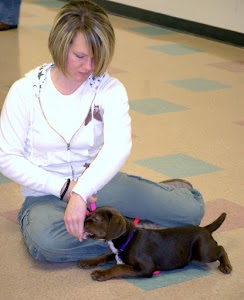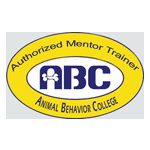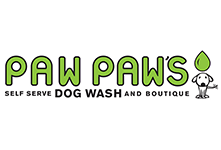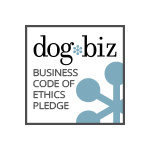One of the most important aspects of dog training is management. This means that you prevent your dog from being able to constantly replay the “bad” habits that are not serving you as a family. If your dog is constantly practicing “bad” habits these habits will become stronger and more ingrained. Also, if you are attempting to train a new and “good” habit with your dog, and your dog is still practicing the old bad habit little change may occur. Changing behavior from “bad” to “good” starts with managing the “bad” behavior and training the new “good” behavior. As a Salt Lake City dog trainer, we notice that this concept can be a challenge for some of our Salt Lake City dog training clients to grasp. As a result, we will give you some examples below to help you fully understand this concept.
1.) I want my dog to chew on items less in the household. First begin with management. This means puppy proofing the house or putting away items that your is likely to chew on. It could also mean that you will need to crate your dog when you are not at home to prevent him from chewing on unwanted items. Lastly, supervise your dog when he is home alone. Second, you will want to train the new and “good” behavior. Give your dog items that he likes and you want him to chew (bully sticks, kongs, etc.). Praise your dog and give your attention for chewing on these items. Also, training your dog a “leave it” command can be helpful so that you can redirect your dog when he is chewing on an unwanted item. By following the above you can create ultimate dog obedience.
2.) If you want your dog to bark less when he sees other dogs on-leash walks follow the steps below. On-leash reactivity is a very common issue for our Salt Lake City dog training clients. Again, first, begin with management. This means that you are walking your dog at certain times of day or in locations where your dog will not see many dogs on his on-leash walks. As a result, he doesn’t have the opportunity to continually practice the “bad” behavior of barking on-leash when he sees other dogs. Second, you want to work on dog training. Salt Lake City has many areas where you can create training set- ups to train an alternate behavior. You will want an open area and have the trigger (other dog) at a distance. Have your dog on leash. When your dog sees the other dog, begin training an alternate response by using positive reinforcement dog training. Please ensure that you are working with a professional positive reinforcement Salt Lake City dog trainer to ensure safety and success.
3.) Housetraining is another great example. For management you will want to create set-ups that do not give your dog an opportunity to have accidents in the house. Supervise your dog when you are at home. Feed your dog at regularly scheduled times in the morning time and in the evening. Also, have your dog in a small crate when you are not at home to ensure he doesn’t have the opportunity have accidents when you are not at home. Now begin by training an alternate response. You can do this by taking your dog outside hourly on-leash. When your dog does go potty outside praise him and give him plenty of treats. There are more steps to create ultimate success. As a result, we suggest that you consider consulting a professional reward-based dog trainer. Salt Lake City has many options.
Creating obedience with your dog takes time, commitment, practice and accountability. The above are only a few examples of management which supports you in gaining control of your dog’s “bad” habits. Without management you may sorely fail in training the “dream” behavior or “good” behavior in your dog that your heart is ultimately desiring.
Your Turn! We want to hear from you in a comment below!
What behavioral issues are creating stress for you? How can you begin managing these behaviors to ensure dog training success?
Namaste!
Johanna Teresi, Professional Trainer and Owner of Four Legged Scholars LLC, Dog Training, Salt Lake City





















0 Comments